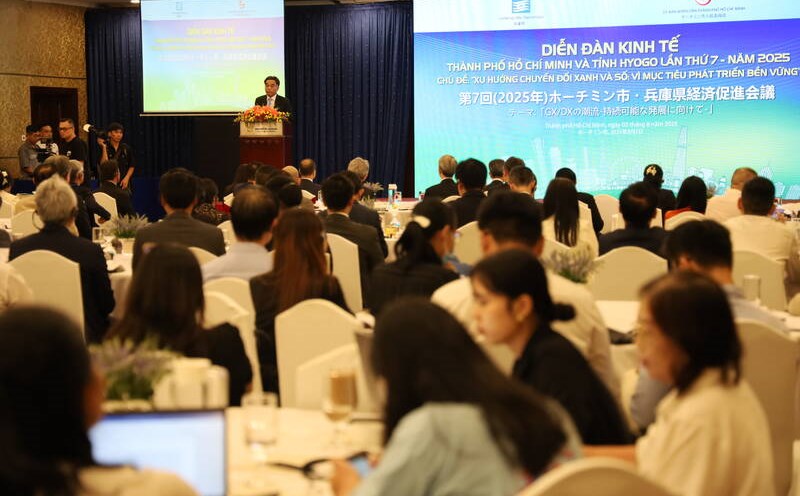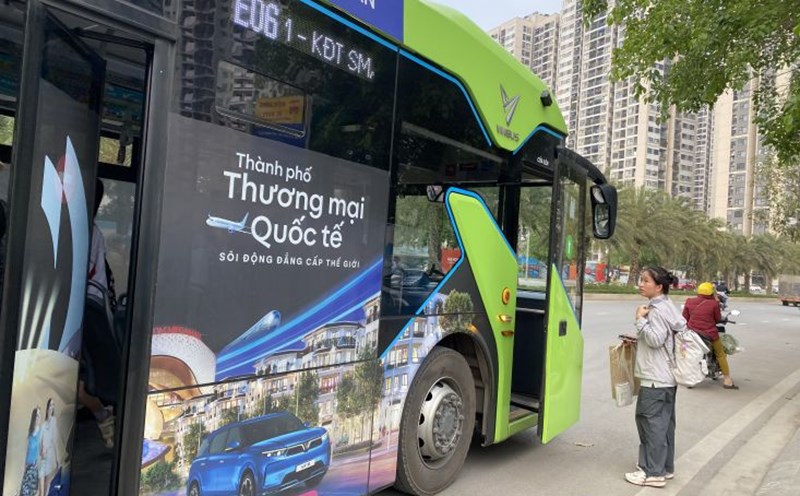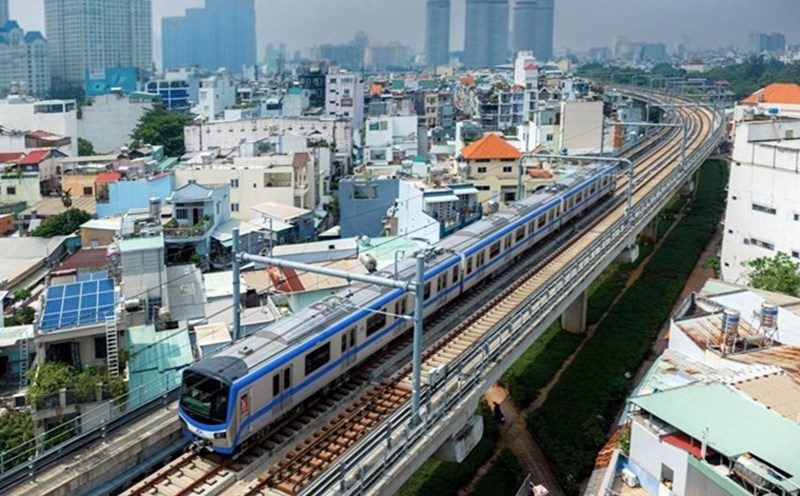Green transformation does not mean job loss
Speaking at the workshop on Human Resources Development - Precedent conditions for digital economy and green growth organized by the Vietnam General Confederation of Labor in coordination with the Vietnam Federation of Commerce and Industry and Lao Dong Newspaper - held on the afternoon of August 11, Mr. Nguyen Khanh Long - Deputy Director of the Department of Employment, Ministry of Home Affairs - said that at the 113th International Labor Conference (June 2025), ILO General Director Gilbert F. Houngbo emphasized that: "Green transformation does not mean unemployment. On the contrary, this is a great opportunity to create new industries, green, sustainable and inclusive jobs".
"If designed correctly, green transformation can create 25 million new jobs globally by 2030, while minimizing the risk of job loss due to the impact of temperature stress, natural disasters, and supply chain restructuring," according to the ILO - IRENA - UNEP joint report.
Green growth also requires a new human resource structure: workers with green skills, understanding environmental regulations, efficiency in using resources and renewable energy.
In Vietnam, the national green growth strategy has been approved by the Prime Minister in Decision No. 1658 dated October 1, 2021, the renewable energy ecosystem, organic agriculture, low-carbon logistics... are opening up a new career direction.

However, a recent report by ADB and ILO shows that Vietnam is facing a serious risk of a shortage of green skills-trained workers, especially in small and medium-sized enterprises. This requires us to invest in retraining and specialized training according to green transformation needs and inclusive employment policies.
In the context of the world changing strongly under the impact of digital transformation and commitments on green growth, human resources are identified as a key factor determining the adaptability and sustainable development of each country for the following reasons:
Human resources are the driving force of sustainable growth: Traditional economic growth based on resource exploitation and cheap labor is gradually coming to term. Meanwhile, sustainable development models increasingly require the contribution of a highly qualified workforce capable of accessing new technology, innovating and complying with green development standards.
By 2024, Vietnam will have about 38 million workers who have not received primary training or higher; the rate of workers who have received training with degrees and certificates in Vietnam will only reach about 28.3%, much lower than the average of countries in the ASEAN region. This poses an urgent need to improve the quality of human resources.
Be the center of digital transformation: Digital transformation is only successful when there is a synchronous transformation in the skills of the workforce. According to the World Economic Forum (WEF), up to 44% of current workers' skills will become outdated within the next 5 years if they are not retrained or upgraded.
However, only about 35% of Vietnamese workers self-assess enough digital skills to meet future work requirements ( Microsoft and LinkedIn, 2024). This is a big gap that needs to be filled through the education system, vocational training and lifelong skills development policies.
Human resources are the foundation of green growth: Currently, green jobs only account for about 3.6% of total employment, but more than 40% of jobs are likely to change if they are properly trained (World Bank, ILO).
This is a large area to link employment policies with environmental goals. The trend of recruiting "Green human resources" - the core of green jobs, contributing to green growth is increasing in the world...
The International Labor Organization (ILO) estimates that by 2030, the sustainable energy transition globally could create 25 million jobs, while the Asia-Pacific region alone could create 14.2 million green jobs if these countries invest heavily in environmental issues.
In Vietnam, although it is only in the early stages of green transformation and green economy, experts say that the green employment trend is being noticed by many businesses in recruitment.
National competitive advantage: In the post-resurce era and knowledge economy, human resources have become the most important endogenous factor driving growth. Without quality human resources, all policies, all technologies and all capital sources cannot be fully effective.
In particular, in the context of increasingly fierce global competition, any country that owns a workforce capable of innovation, mastery of technology and rapid adaptation will have the advantage. Vietnam, with a young population and a high rate of working-age people, has great potential if there is a systematic and breakthrough human resource development strategy.
National Strategy on Human Resource Development associated with Digital Transformation and Green Growth needs to be issued
Regarding some recommendations, according to Mr. Long, in order to ensure both the quantity and quality of national human resources in the era of digital transformation and green growth, it is necessary to synchronously deploy a number of the following strategic solutions:
First, it is necessary to issue a National Strategy on human resource development associated with digital transformation and green growth, in which it is necessary to clearly define the goals, vision and unified orientation from the central to local levels on human resource development to meet the two main trends of digital transformation and green growth.
Second, promote retraining and upgrading skills for the workforce, focusing on digital skills, from basic IT skills, data mining, AI use, to automation system operations and green skills: understanding environmental standards, clean production processes, energy efficiency, waste management.
It is necessary to establish a national training program on digital - green skills with a specific roadmap for each major. For workers, especially vulnerable groups, there should be financial support policies and other policies so that workers can participate in retraining without interruption in income.
Third, build and operate a national database on digital human resources and green human resources, applying Big Data, AI, and forecast analysis tools to ensure accuracy and updating with the goal of collecting, updating, and analyzing data on quantity, quality, distribution, and skills of the workforce.
Fourth, build a specific local human resource strategy according to the principle that each locality is based on comparative advantages, natural - economic - social conditions and development planning to build its own human resource strategy.










